There can be your advertisement
300x150
Incredible Housing Projects: From Soviet 'People's Houses' to Chinese Mega-Complexes
We tell about interesting architectural solutions in residential construction
One of the most famous examples of house-communes in Moscow is the House-Commune on Orjonikidze Street, built in 1928 according to the project of architect Ivan Nikolaev. This house embodied socialist utopia: apartments were minimalist, with shared kitchens and bathrooms, and most of the area was dedicated to public spaces. Here were communal dining halls, laundries, libraries, and even kindergartens.
What is it like now?Today, the House-Commune on Orjonikidze Street is an architectural monument of constructivism. The building is gradually being restored, and some original interior elements are preserved. However, modern residents obviously live in separate apartments, and the common spaces are used differently.
Restoring such houses is important for preserving cultural heritage and understanding the history of architecture. We can learn a lot from these projects about the past and use this knowledge for future architectural solutions.
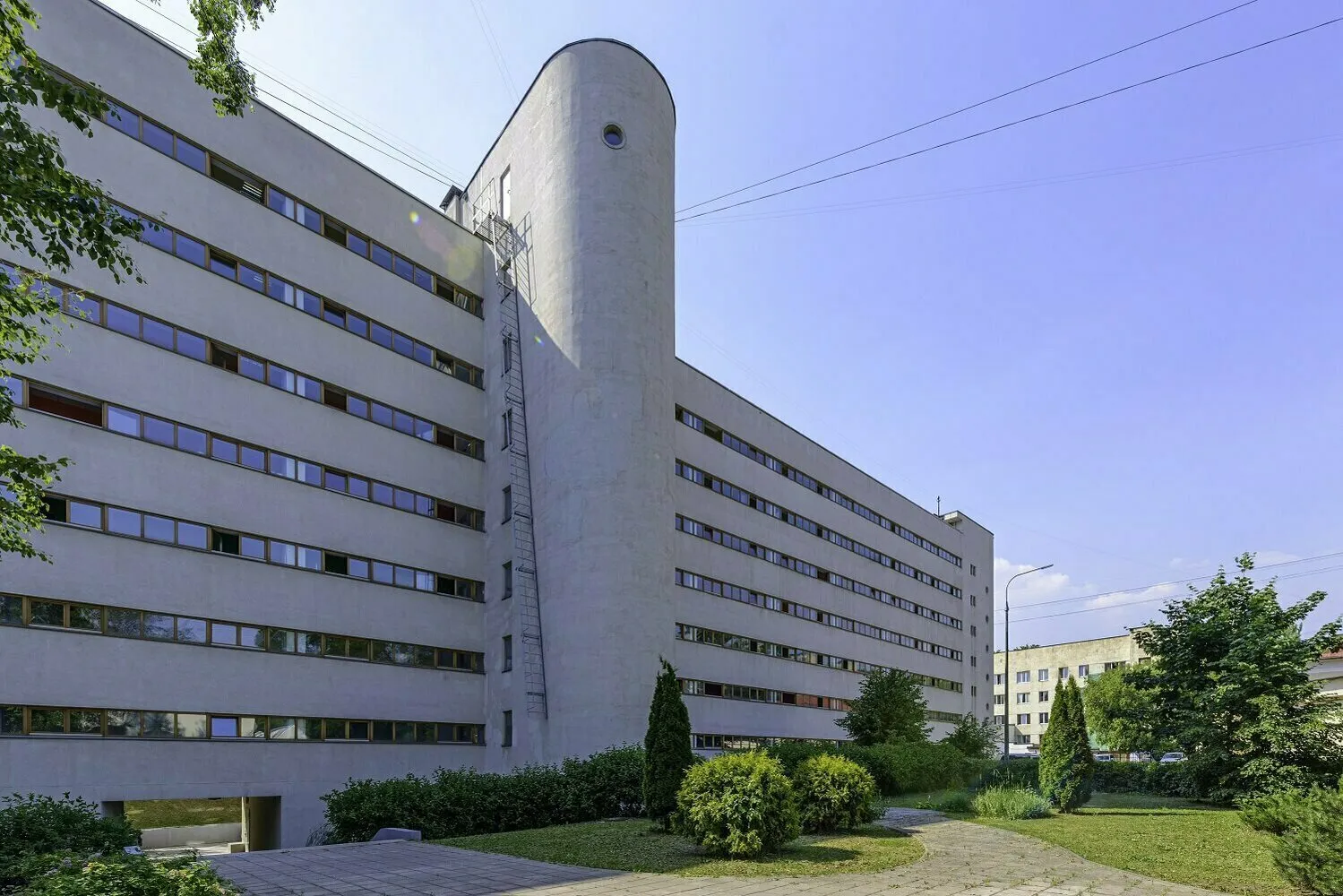 Photo: pinterest.com
Photo: pinterest.com Kibbutz in Israel: Life in a Collective
Kibbutz in Israel: Life in a CollectiveWhat is a Kibbutz?
A kibbutz is a rural commune in Israel based on principles of collective labor and shared ownership. The first kibbutz, Degania Aleph, was founded in 1910 by a group of Jewish pioneers on the banks of the Jordan River. The idea was to create self-sufficient communities where people live and work together, sharing everything equally.
How Are They Organized?In a kibbutz, all property—from housing to agricultural land—belongs to the community. Everyone works for the common good, and income is distributed equally. Kibbutzim provide housing, food, education, and medical care to their members. Over time, some kibbutzim have become more open and included elements of private ownership to adapt to modern economic conditions.
Example: Degania Aleph, founded in 1910, still operates today and is one of the most successful examples of the kibbutz movement. Here various agricultural crops are grown and animal husbandry is practiced.
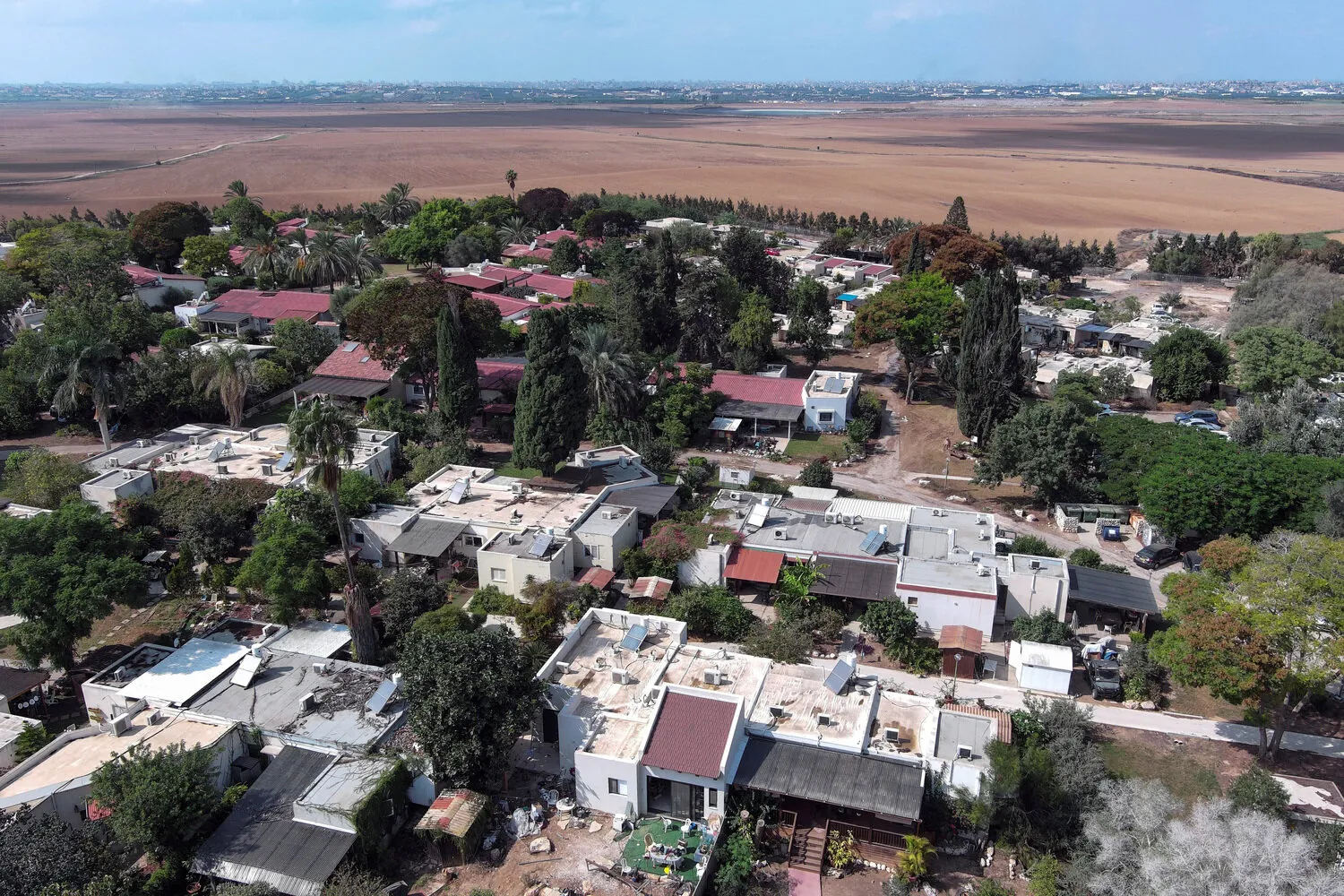 Photo: pinterest.com
Photo: pinterest.comChinese Mega-Complexes: New Cities Within the City
Mega-Complex 'Sanxiaoli' in Guangzhou
One of the largest residential complexes in China is 'Sanxiaoli' in Guangzhou. This complex has more than 17,000 apartments and accommodates around 30,000 people. It includes everything necessary for comfortable living: schools, hospitals, shopping centers, parks, and sports facilities. The mega-complex is built according to modern ecological standards and uses energy-efficient technologies.
How Is Life in the Mega-Complex Organized?Life in such complexes resembles life in a small city. Residents can meet all their daily needs without leaving the complex grounds. Mega-complexes pay special attention to the safety and comfort of residents.
Example: The 'Tianxi Cheng' complex in Shanghai, built in the 2000s, includes more than 20,000 apartments and developed infrastructure. This allows residents to practically avoid leaving the premises for daily needs.
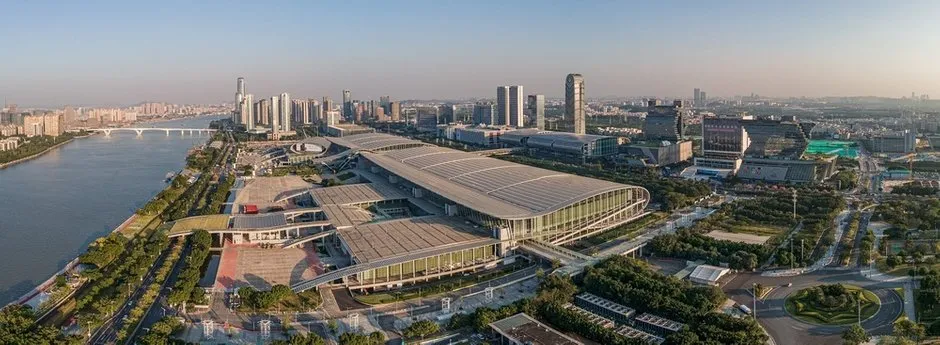 Photo: guangzhou.chinadaily.com.cn
Photo: guangzhou.chinadaily.com.cnUrban Trends: What Lies Ahead?
Innovations in Construction
The future of urban housing is linked to innovations. Modern technologies like 3D printing allow buildings to be constructed faster and cheaper. Smart management systems help save energy and improve quality of life.
City-in-the-CityThe concept of 'cities within cities' is becoming increasingly popular. These are multi-functional complexes including residential, commercial, and public spaces. For example, the 'Forest City' project in Malaysia plans to build a green city with residential and commercial buildings, schools, hospitals, and parks. All buildings will be covered with vegetation, creating a unique ecological balance.
Ecological StandardsEcology has become an important aspect in developing new projects. Energy-efficient technologies, renewable energy sources, and eco-friendly materials are now mandatory.
Cover: chiangdao.com
More articles:
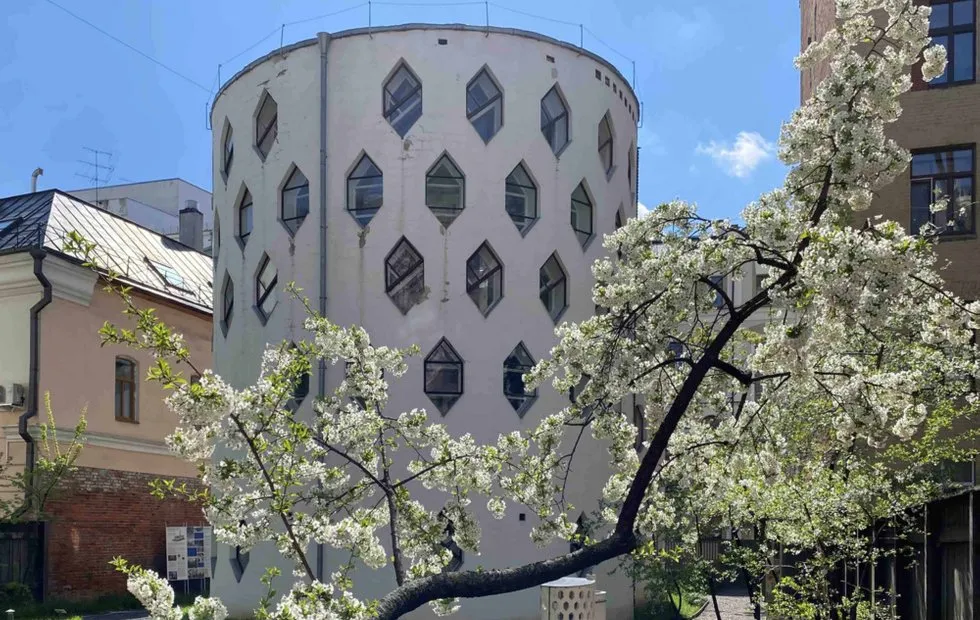 Cylinders, Honeycombs, and Secrets: What Hides Behind the Walls of Mельников House in Moscow Alleys
Cylinders, Honeycombs, and Secrets: What Hides Behind the Walls of Mельников House in Moscow Alleys Kitchen of the Future: Innovations and Trends for 2025 in Design and Appliances
Kitchen of the Future: Innovations and Trends for 2025 in Design and Appliances Simple winter preserves: how to keep the taste of summer in a jar without extra effort?
Simple winter preserves: how to keep the taste of summer in a jar without extra effort? Small Bathroom, Big Possibilities: Tips That Expand Space
Small Bathroom, Big Possibilities: Tips That Expand Space Second Life of Things: Creative Approach to Recycling at Home
Second Life of Things: Creative Approach to Recycling at Home How to Style a Stylish Bathroom in a Compact 31 m² Studio
How to Style a Stylish Bathroom in a Compact 31 m² Studio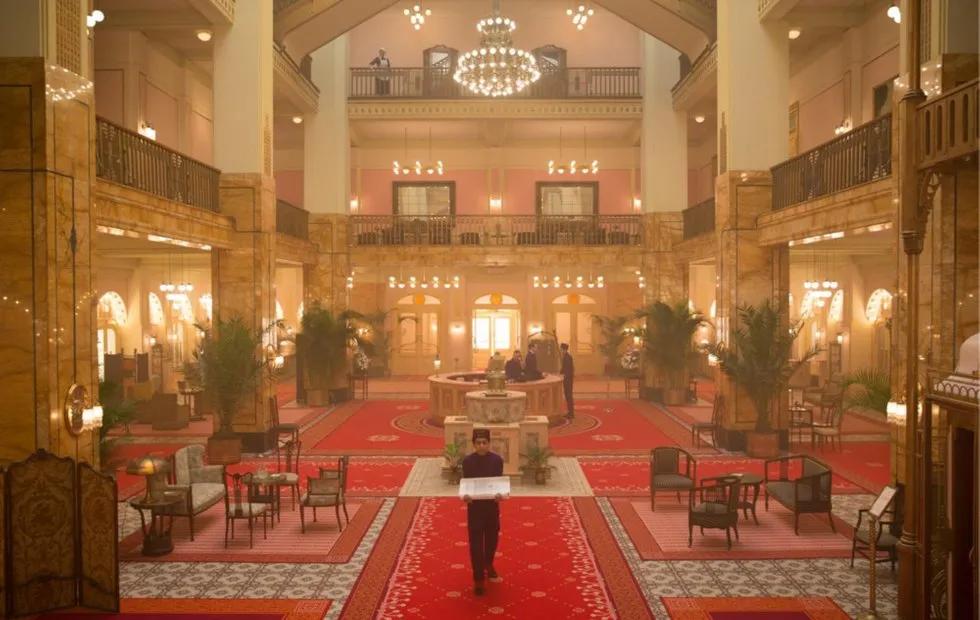 Architecture and Design in Cinema: Films That Develop Visual Culture
Architecture and Design in Cinema: Films That Develop Visual Culture Eat by the Hour: How to Lose Weight Using Meal Timing
Eat by the Hour: How to Lose Weight Using Meal Timing